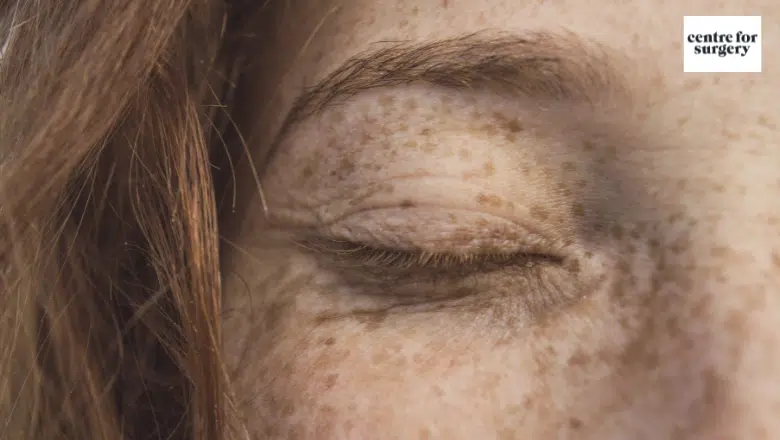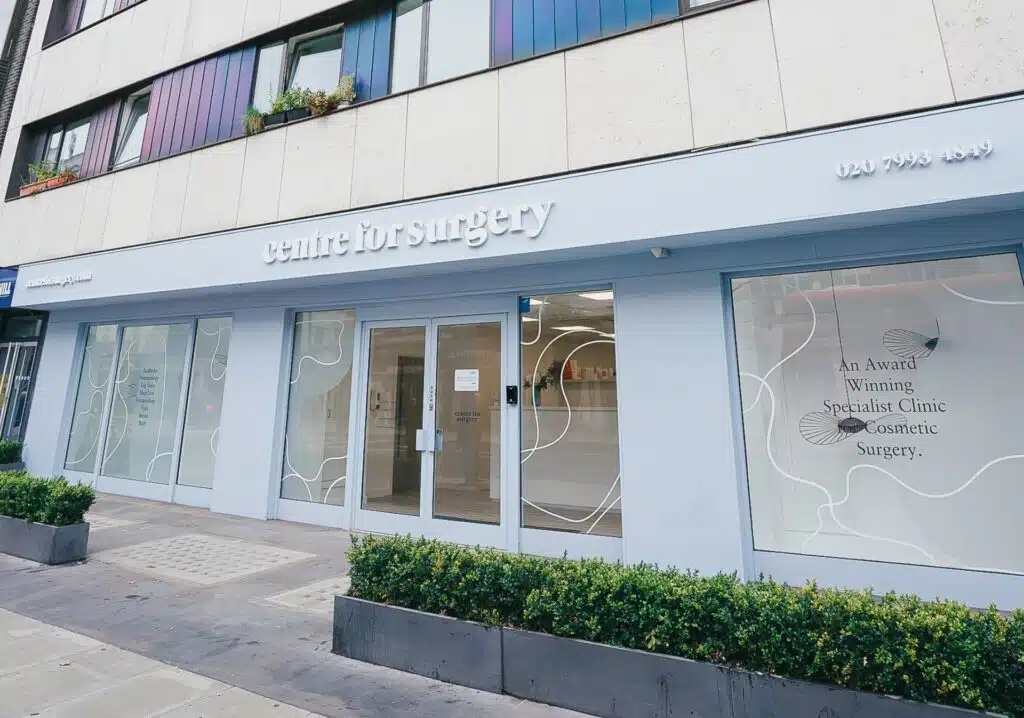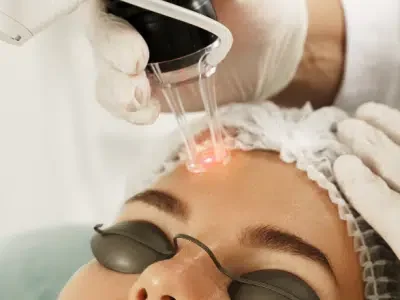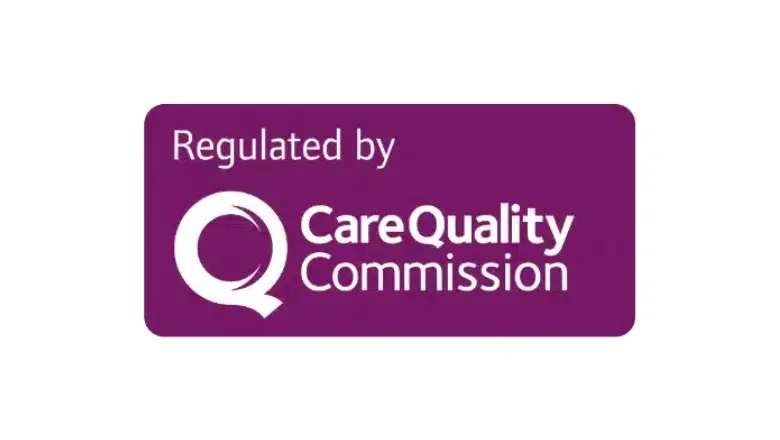Hyperpigmentation, characterised by the darkening of the skin, can arise from various causes. Two common types of hyperpigmentation are sunspots and melasma, each with distinct origins.
Sunspots, also known as solar lentigines, typically develop as a result of prolonged sun exposure. Ultraviolet (UV) rays from the sun can stimulate the production of melanin, the pigment responsible for skin colour. Over time, this excessive melanin production can lead to the appearance of dark spots on areas frequently exposed to the sun, such as the face, hands, and arms.
On the other hand, melasma presents as larger, darker patches on the skin and is often linked to hormonal changes. This condition is particularly common among women and is frequently triggered by factors such as pregnancy, birth control pills, or hormone replacement therapy. The increase in hormone levels can cause melanocytes, the cells responsible for melanin production, to become overactive, resulting in uneven skin tone.
Both conditions reflect the skin’s response to different stimuli, whether external, like UV radiation, or internal, such as hormonal fluctuations. Understanding these underlying causes is crucial for effective prevention and treatment of hyperpigmentation.
RELATED: Melasma Hyperpigmentation – Causes & Solutions
Best Treatments for Different Types of Hyperpigmentation
The best treatment for hyperpigmentation varies depending on the type of hyperpigmentation you have. Each type of hyperpigmentation responds differently to various treatments, and understanding these differences is key to selecting the most effective approach.
For sunspots, a variety of treatments can be beneficial. Chemical peels and laser therapies are commonly used to target and reduce these dark spots. Skincare products containing ingredients like retinoids, vitamin C, and alpha hydroxy acids can also help in fading sunspots. Prescription-strength treatments, often available through dermatologists, provide stronger options for persistent cases.
Melasma, on the other hand, requires a more cautious approach due to its association with hormonal changes. Treatments that generate little to no heat are preferable, as heat can exacerbate the condition. A prescription hydroquinone cream, which a facial plastic surgeon or dermatologist can provide, is often effective. Additionally, there are over-the-counter products that are potent enough to make a noticeable difference. Low energy lasers, when administered by a specialist laser practitioner, can also be an effective treatment for melasma.
When hyperpigmentation results from trauma to the skin, such as scars or injuries, nonablative fractional lasers can work very well. These lasers promote skin healing and collagen production without damaging the surface of the skin. The Q-Switched laser is another excellent choice, particularly for those with specific skin types and tones, as it targets pigmented cells while leaving surrounding tissue unharmed.
Topical creams are available for those seeking less invasive options. While these may not be as effective for sun-damaged skin, they can lighten other types of spots over time. Creams containing ingredients like niacinamide, liquorice extract, and kojic acid can be helpful. These treatments often require consistent, long-term use to see significant results.
RELATED: Can Sun-Damaged Skin Be Reversed? Exploring Treatment Options
If you have recently developed hyperpigmentation, it is advisable to undergo a full-body check at our Baker Street location. This thorough examination can help rule out any underlying medical conditions that may be contributing to skin discolouration and ensure you receive the most appropriate and effective treatment.
How Laser Skin Resurfacing Helps Reduce Hyperpigmentation
Laser skin resurfacing is a highly effective method for treating hyperpigmentation, utilising advanced laser technology to promote the growth of new, healthier skin. Two common types of lasers used in this procedure are the Erbium YAG and CO2 lasers, each offering unique benefits.
The Erbium YAG and CO2 lasers work by removing the top layer of the skin, where superficial hyperpigmentation is often located. This process, known as ablative laser skin resurfacing, essentially peels away the discoloured outer layer, allowing fresh skin to grow in its place. As new skin forms, it typically exhibits a lighter tone and more even pigmentation. While some hyperpigmentation can be deeply embedded within the dermis, these lasers can significantly reduce the appearance of dark spots, making them much lighter and less noticeable, even if complete eradication isn’t always possible.
For deeper or more stubborn hyperpigmentation, non-ablative fractional lasers such as erbium glass or thulium lasers offer a different approach. Instead of removing the top layer of skin, these lasers create a pattern of tiny, controlled wounds beneath the surface. This method stimulates the body’s natural healing process and promotes skin cell turnover. Over a series of treatments, usually between four to six sessions, but sometimes requiring seven or more, the skin gradually regenerates. This turnover helps lighten the pigmentation and results in a more uniform skin tone.
Nonablative fractional lasers are particularly beneficial because they improve the overall texture and tone of the skin without significant downtime. The body’s response to the laser treatment involves the production of new collagen and skin cells, leading to smoother, clearer skin over time.
Hyperpigmentation Treatment in London – Why Choose Centre for Surgery
At Centre for Surgery in London, we pride ourselves on offering cutting-edge solutions for hyperpigmentation. Our highly skilled team utilises the latest technologies and advanced techniques to provide effective, tailored treatments. Here’s why you should choose us for your hyperpigmentation treatment.
Expert Care and Advanced Techniques
Our clinic is renowned for its expertise in cosmetic and plastic surgery, offering treatments such as laser skin resurfacing using Erbium YAG and CO2 lasers. These advanced methods effectively remove the top layer of skin, allowing new, lighter skin to emerge. For deeper pigmentation issues, our nonablative fractional lasers promote skin cell turnover, resulting in a more even complexion over several sessions.
Patient Testimonials
Jane D., London: “The team at the Centre for Surgery made me feel comfortable and confident throughout my treatment. My hyperpigmentation has significantly lightened, and my skin looks much healthier.”
Mark R., Surrey: “I had been struggling with melasma for years, and the treatments here have been life-changing. The staff are professional and caring, and the results speak for themselves.”
Sarah P., Essex: “From my first consultation to the follow-up care, the experience was exceptional. The laser treatment was effective, and the improvement in my skin tone is remarkable.”
Contact Us for a Consultation
Ready to address your hyperpigmentation? Book a consultation with our specialists today. Visit our About Us page to learn more about our clinic and team.
Finance Options
We offer flexible finance options, including 0% APR through Chrysalis Finance, to make your treatment more affordable. Explore our Finance Options page for more details.
Additional Information
For more insights into our treatments and patient experiences, visit our Plastic Surgery Blog. Our Clinic FAQs page provides answers to common questions you might have about procedures and care.
Baker Street Clinic
Our state-of-the-art clinic is conveniently located at 95-97 Baker Street, London W1U 6RN. We are dedicated to providing the highest quality care in a comfortable and welcoming environment.
📞 Phone: 0207 993 4849
📧 Email: contact@centreforsurgery.com
Choose the Centre for Surgery for your hyperpigmentation treatment and experience unparalleled care and outstanding results.










